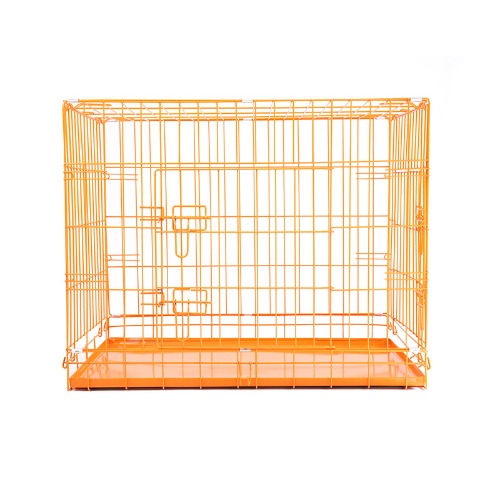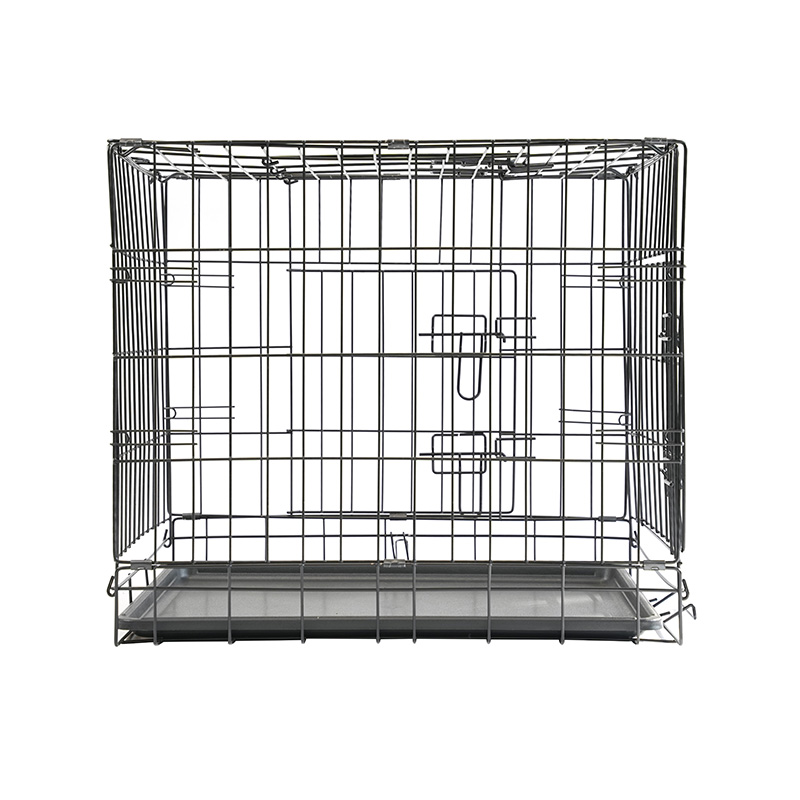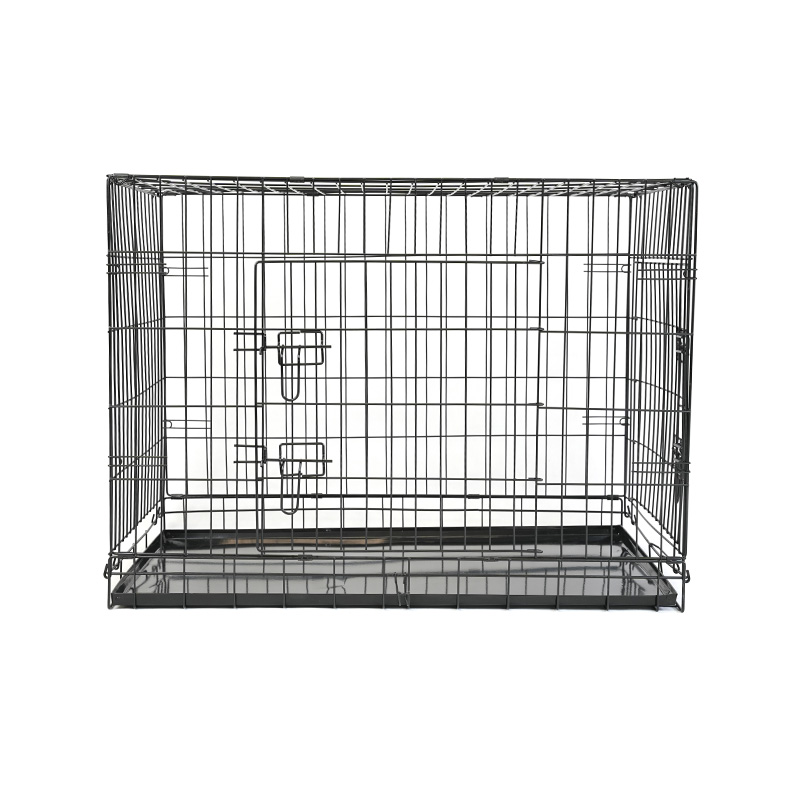- Type:
- Industry News
- Date
- 2025-Aug-25
How to Choose the Perfect “Mobile Home” for Your Beloved Pet?
Choosing an appropriate living and traveling space for a beloved pet is an essential task for every responsible owner. This choice not only pertains to the pet’s safety but also directly impacts its comfort and overall well-being. The market is saturated with a wide variety of pet crates and kennels, each with different materials and designs, from plastic airline carriers to wire-framed crates. Each type has its specific advantages and is suited for particular scenarios. Among the numerous options, a folding two-door pet crate, often with an ABS tray, stands out for its exceptional balance of portability and practicality. These crates are typically constructed from sturdy metal wire but are ingeniously designed to fold and unfold quickly, saving significant storage space. The dual-door configuration not only simplifies entry and exit for the pet but also offers owners greater flexibility for interaction and cleaning, regardless of the setting, which profoundly enhances the user experience.
The Secret to Pet Comfort: Getting the Crate Size Right
The most critical factor when selecting a pet crate is undoubtedly its size. A crate that is too small will make a dog feel cramped and anxious, negatively affecting its mood and health. Conversely, a crate that is excessively large might prevent the dog from establishing a sense of security and could even encourage undesirable habits like soiling inside. A golden rule dictates that a crate should provide just enough space for the dog to stand up, turn around, sit, and lie down comfortably. A simple calculation can guide this decision: the length of the crate should be approximately the length of your dog from its nose to the base of its tail, plus an extra six inches. The height should be the dog’s standing height from the top of its head to the floor, with an additional four inches. This sizing guideline ensures your dog has sufficient room to move without the space feeling too vast, offering a secure sanctuary. It is always a good practice to measure your pet with a tape measure before making a purchase and then compare it against the product’s dimensions to guarantee a perfect fit.

Details that Define the Experience: The Value of an ABS Tray and Two Doors
Superior design is often found in the finer details, and for a pet crate, the pull-out ABS tray and the two-door structure are prime examples of this. Traditional crates often have a metal grate at the bottom, which is difficult to clean and can harbor dirt and germs. Crates equipped with a plastic ABS tray at the bottom have completely resolved this issue. Owners can effortlessly slide the tray out for a thorough washing and sanitization, ensuring the crate’s interior remains hygienic. This type of tray is not only lightweight but also durable and resistant to corrosion. Furthermore, the two-door design offers unprecedented convenience. One door can be used for the pet’s daily entry and exit, while the second door can be utilized in specific situations, such as in a car or in tight spaces. The dual doors also provide more flexible access for cleaning and feeding, making the entire process easier and more pleasant. These seemingly minor design features actually contribute significantly to the convenience of daily use, making interactions between owner and pet much more seamless.
Safety and Portability: What a Good Crate Offers You
A high-quality pet crate is more than a simple enclosure; it serves as a robust guarantee of your pet’s safety. Whether you are taking your dog to the vet, moving to a new home, or embarking on a short trip, a sturdy and well-designed crate ensures your pet is protected from harm or stress during the journey. The folding feature makes this safety assurance incredibly accessible. When the crate is not in use, it can be easily folded into a flat shape, stowed away in a corner or under a bed, taking up minimal space. This portability allows owners to provide their pet with a familiar and secure personal space at any time and in any place, whether visiting a friend’s house or staying in a hotel. This “mobile home” helps pets remain calm and relaxed in unfamiliar environments, significantly reducing their stress responses.
Maintenance and Longevity: Keeping the Pet Crate Like New
Even the most thoughtfully designed pet crate requires diligent care from the owner to last for years. Regular cleaning is absolutely essential. During each cleaning session, all items should be removed from the crate first. The pull-out tray should then be taken out and thoroughly washed with warm water and a pet-safe disinfectant. The metal parts of the crate can be wiped down with a damp cloth, making sure they are completely dry before reassembling to prevent rust. Beyond cleaning, owners should also periodically inspect all connection points, door latches, and the folding mechanism for any signs of looseness or damage. Crates that are frequently used for travel, in particular, need careful inspection to ensure there are no safety issues during crucial moments. Proper maintenance not only extends the life of the pet crate but also demonstrates a commitment to your pet’s health and well-being.

 Inquiry
Inquiry

 English
English 中文简体
中文简体 Deutsch
Deutsch





